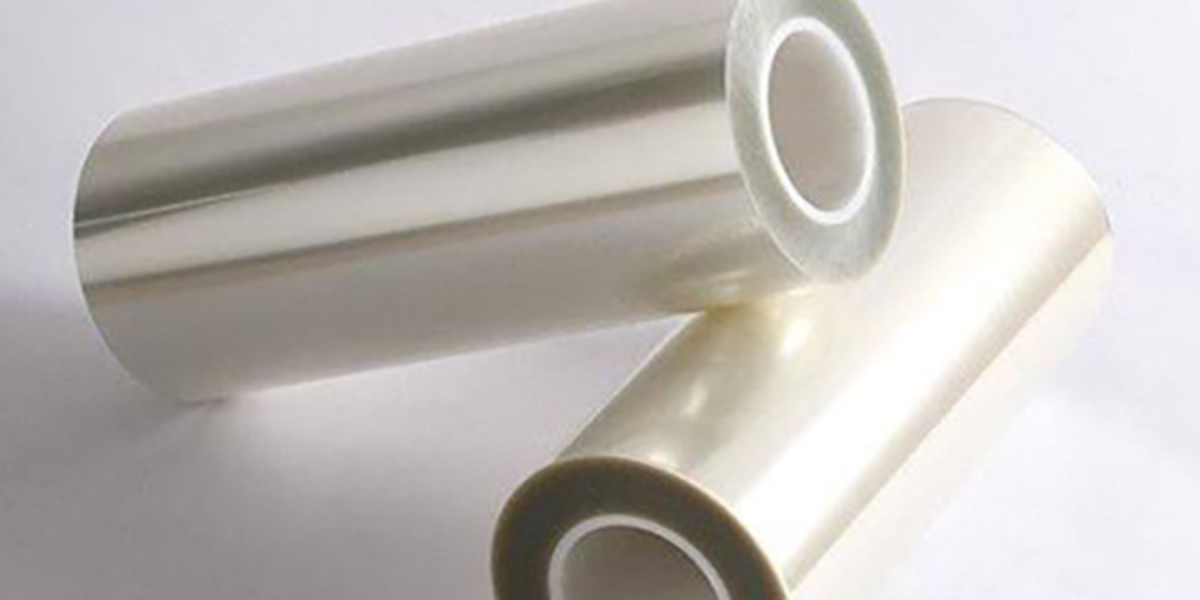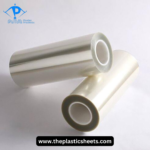Introduction to PE Film
Polyethylene (PE) film is perhaps the most regularly-used plastic film globally, with durability, flexibility, and moisture resistance being characteristics periodically repeated in each of the various forms of polyethylene films and the products derived from them, such as sheets, wraps, and liners. Pulkit Plastic Products are used in a multitude of ways and probably anywhere you can think of a plastic film application – Packaging, agriculture, construction – medical applications, and much more!
Types and Properties of PE Films
Polyethylene film takes several forms. Each type of polyethylene film fulfills a specific purpose based on their varying properties. LDPE film is noted for being soft, clear and flexible, making it useful in various kinds of packaging. HDPE film is stiffer and resistant to chemicals, making it more appropriate for industrial and protective applications.
The Role of PE Films in Food Packaging
One of the most important usages of plastic films in food packaging is helping to keep food fresh, extending its shelf life, and maintaining hygiene. Polyethylene film manufacturer are widely used to package fruits, vegetables, meats, and ready-to-eat meals. Due to their moisture barrier properties and ability to create a good seal, they are very effective in preventing both contamination and spoilage. These films can provide functional advantages but they also can be printed with branding, nutrition labelling, and barcoding.
Sustainability and Recycling Challenges
PE films have many functional advantages; however, they can create challenges environmentally if not handled appropriately. One of the main challenges is recyclability. The good news is that new PE film makers in India are becoming more environmentally sustainable, producing recyclable and biodegradable films. Some are producing multi-layer films that can be separated and recycled. Other manufacturers are adding post-consumer recycled content to their films. And there is a growing market for compostable PE equivalents, particularly in food service packaging and retail packaging.
Growing Demand Across Industries
The scope of demand for polyethylene (PE) films is much broader than just food packaging. PE films are useful for greenhouse films, mulch films, and silage wrap in agriculture. They can be vapor barriers and protective sheeting in construction. The e-commerce and retail sectors use PE films in deliver bags and shrink wraps to protect goods through the shipping process. As a result of the wide-ranging uses of PE films, polyethylene film manufacturers have to be able to consistently produce high-quality, durable, and customized polyethene film products to remain competitive in a rapidly growing industry sector.
Technological Advancements in PE Film Production
With better extrusion technologies, film production has been much simpler and accurate. In addition to extrusion, we can now produce multi-layer films using co-extrusion technology which allows a variety of PE’s to be used together in one sheet, so that we can gain the benefits of each of the PE’s. Another benefit of a multi-layer film could be for potential improved barrier performance or reduced thickness (and cost) however, we are also seeing functionality added to films for anti-static, UV’s or anti-fog.
Why India is Emerging as a Global Hub
Due to competitive production costs, skilful workforce and growing infrastructure, India has developed into a global player in the plastic film sector. Indian manufacturers continue to export PE films to markets like Europe, the Middle East and Southeast Asia. Several PE film manufacturers in india have secured international certifications like ISO, FDA and BRC to meet stringent quality and safety requirements. With the support of the government and strong domestic market, India is emerging as a leading global producer of sustainable and innovative PE films.
Customization and Client-Centric Solutions
What distinguishes a successful polyethylene film manufacturer is the ability to offer customized solutions. Whether it takes the form of roll widths, thicknesses, print designs, or performance attributes, at its core the customer wants to have an option to customize the product. Industry leading polyethylene film manufacturers will take time with their clients – food, pharmaceuticals, agriculture, logistics and others, to ensure developing a film that fits the client’s specific packaging and operational requirements. By delivering a successful polyethylene film product that meets the clients specifications.
Conclusion
The Plastic films in food packaging will always have a valuable role to play in modern society. This material, which is flexible, affordable, and functional, is found in nearly every type of industry, from food packaging, construction, and agriculture, and its uses continue to proliferate as new technology and ecological alternatives to production emerge. As PE film makers in India work on satisfying global and local needs, the future of PE film production is focusing on sustainable production, more sophisticated customization, and smart packaging. Industry stakeholders can take advantage of surging PE film demand by adopting better practices, innovative thinking, and sustainability; the industry is equipped to deal with future challenges, while continuing to innovate as a critical component of global packaging.
Frequently Asked Questions (FAQs)
1. What is PE film commonly used for in packaging?
PE film is widely used for food packaging, stretch wrapping, shrink wrapping, and protective sheeting due to its moisture resistance, flexibility, and sealability. It’s especially popular for plastic films in food packaging to maintain hygiene and prolong shelf life.
2. Are PE films environmentally friendly?
While traditional PE films are not biodegradable, many polyethylene film manufacturers are now producing recyclable, biodegradable, or compostable alternatives to reduce environmental impact and meet sustainability goals.
3. Can PE films be customized for specific industrial needs?
Yes, PE films can be customized in terms of thickness, width, color, printing, and functional additives such as UV resistance or anti-static properties, depending on the industry and client requirements.












